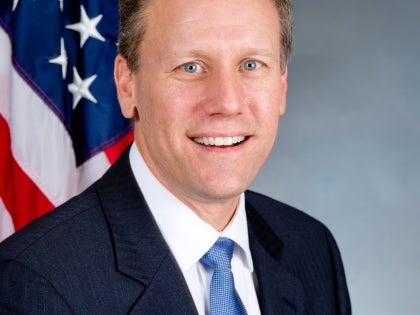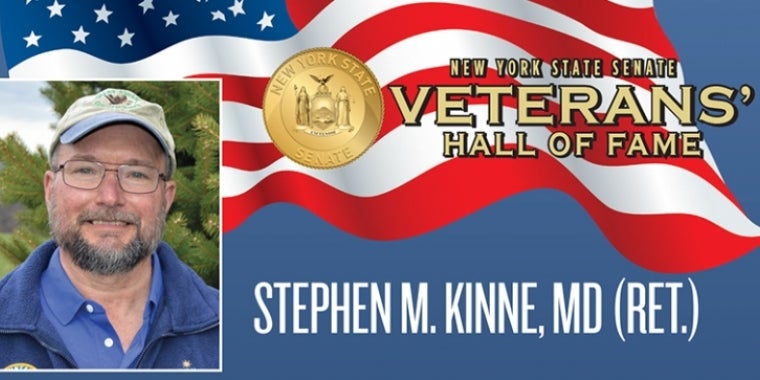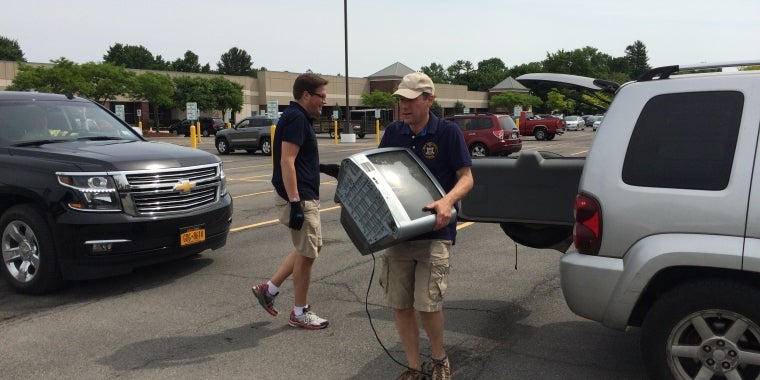
Legislature passes crucial amendments to Historic Rehabilitation Tax Credit
David J. Valesky
June 17, 2010
-
ISSUE:
- Economic Development
ALBANY, N.Y. – The NYS Senate and Assembly unanimously approved legislation (S7556/ A10839) amending the current Historic Preservation Tax Credit law to allow banks and insurance companies to claim the tax credit. Upstate business community leaders who currently use the existing tax credit law will now be able to increase their commercial development efforts of historic structures from Syracuse to Buffalo to Binghamton.
“This legislation is extremely important for continued development in Upstate New York,” said Senator David J. Valesky (D-Oneida), sponsor of the legislation in the Senate. “Making the HRTC available to banks and insurance companies will result in tens of millions of dollars of investment in our downtowns, hundreds of jobs and a revitalization of our Upstate urban cores.”
The expansion will not only re-energize several dozen projects that have been on hold, but also allow for a large pool of new investors for future rehabilitation projects.
“This is another major victory for economic development in Upstate New York and I applaud my colleagues in the legislature for realizing the benefits of these changes,” said Assemblymember Sam Hoyt, sponsor of the bill in the Assembly. “The amendments to the Historic Rehabilitation Tax Credit law will create a snowball effect of economic development that include the creation of hundreds of new jobs and several historic structures in communities across upstate the state to be saved and restored.”
The new law opens the eligibility pool for the tax credit, providing more incentive to invest funds in rehabilitation projects across the state. The amendments allow banks and insurance companies to claim the tax credit, giving greater access to those wanting to restore and rehabilitate historic commercial structures.
Valesky and Hoyt were the prime sponsors of the Historic Rehabilitation Tax Credit legislation signed into law in 2009 that provided tax incentives for investors of both commercial and residential development of historic structures across New York State. Since the law took effect on January 1, 2010, the residential component of the original bill – which covers owner-occupied structures listed on the State and National Registers of Historic Places – has already seen a rise in applications. The commercial aspect has been strengthened by the passage of the new amendments.
“The changes represented in this legislation will ensure the historic rehabilitation tax credit program achieves the transformative results we all envisioned when it was enacted into law last year,” said City of Syracuse Mayor Stephanie A. Miner. I applaud Senator Valesky, Assemblyman Hoyt, and our entire Central New York Delegation for leading the charge in driving new investment into our urban cores through the adaptive reuse of our historic building stock”
“Cities across Upstate New York have some of the most impressive historic building stock of anywhere in the nation. Passage of this amendment will generate new investment and promote use of the expanded credit as it was intended, bringing many of these structures back to life,” said Robert M. Simpson, president of the CenterState Corporation for Economic Opportunity. “With these unanimous votes, Senator Valesky, Assemblyman Hoyt and their colleagues in the legislature have opened an important door for new, private investment in our urban cores.”
“Banks and insurance companies are among the most experienced users of the Federal rehabilitation tax credit program,” said Jay DiLorenzo, President of the Preservation League of New York State. “By removing the hurdles that prevented them from fully utilizing the New York State Rehabilitation Tax Credit Program, higher levels of private investment will finally begin to flow to redevelopment and revitalization projects across the State.”
Developers across the state have been an active part of revising the legislation and have been pressing for the amendments to pass. Many high-profile projects in Central New York will receive a boost by allowing banks and insurance companies to apply for the tax credit, such as the Pike Block, Hurbson Office Building and Kirk Hotel projects in Syracuse.
“With these unanimous votes, Senator Valesky, Assemblyman Hoyt and their colleagues in the legislature have opened an important door for new, private investment in our urban cores.”
"Our thanks go to Senator Valesky for his continuing efforts at getting this bill passed in the Senate. Not only is this a critical piece in getting the Pike Block project completed, a $28,000,000 ,adaptive reuse development in Syracuse, but the bill also moves the great supply of empty and underutilized stock of historic structures in Upstate New York one step closer to being redeveloped,” said David C. Nutting AIA, Chairman & CEO, VIP Structures, Inc. of Syracuse, developers of the Pike Project on South Salina St. in downtown Syracuse.
“Without Sam’s efforts and the efforts of Senator Valesky, the Lafayette Hotel and the AM&A’s department store would not be getting done,” said Rocco Termini, head of Signature Developments, who has been a leader in rehabilitating structures in downtown Buffalo.
Many advocates of the new legislation believe it is a major step forward that strengthens the already important existing historic rehabilitation tax credit law.
The legislation expands the opportunity for the reinvestment and development of existing buildings, many of which anchor communities of all sizes in New York State, will have a positive impact for decades.
##
Share this Article or Press Release
Newsroom
Go to NewsroomSen. Valesky’s Sixth Annual Free Senior Fair is October 19 in Madison County
September 25, 2018
Harmful Algal Blooms: What to Know, How to Report
June 29, 2018

Stephen M. Kinne, MD (Ret.)
May 15, 2018

